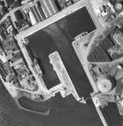Welcome to Galway City’s Medieval harbour on the Long Walk, the berth of a City!
The present Long Walk (at one time known as Eyre’s Long) is built on the site of a pre-existing stone jetty (of unknown date) that extended south-eastwards from the present Spanish Arch. The jetty is shown and named on the well-known 1651 Pictoral Map of Galway.
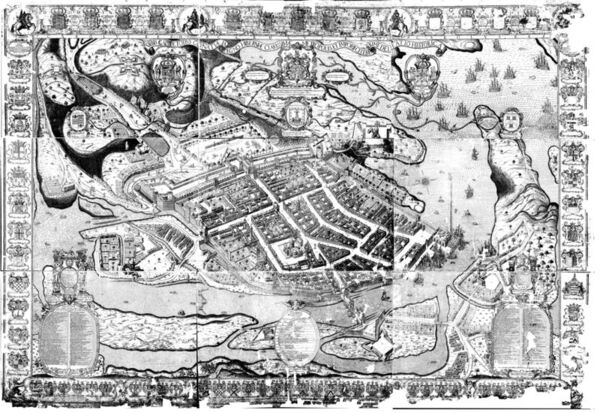
Access to this jetty was via a set of steps at the back of the arches. Note that there were formerly four arches here covering cellars, only two of which survive. The current open arch is actually not original! This was broken through sometime between 1685 and 1689
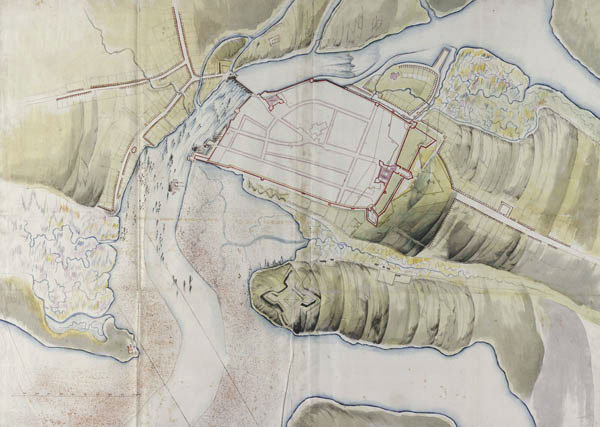
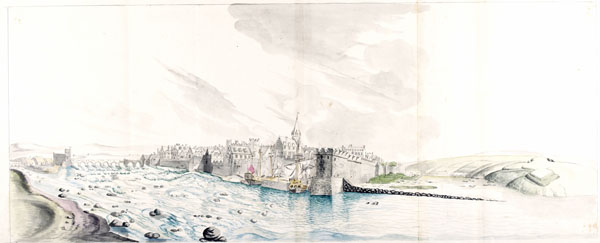
A new pier was constructed on this jetty around this time (post 1685) and is shown, without a dock, on a map dated 1691, which we have unfortunately been unable to source for this webpage.
Our dock in question was constructed by the Edward Eyre Esq. the Eldner, son of (in)famous Edward Eyre, as recorded in the 1808 Eyre Deeds.
The dock, built in an area previously known as “The Marsh”, was purpose built for shipping, and as part of its construction a walk was laid out, leading to the town. This was called Eyres [sic] Walk in 1808. While there are no concrete sources for the exact date of construction of the dock, it very probably took place in the early decades of the 18th Century.
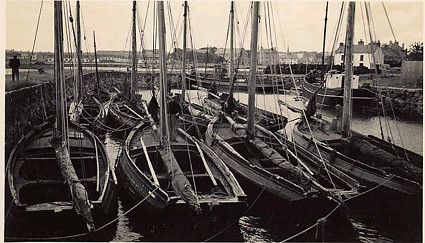
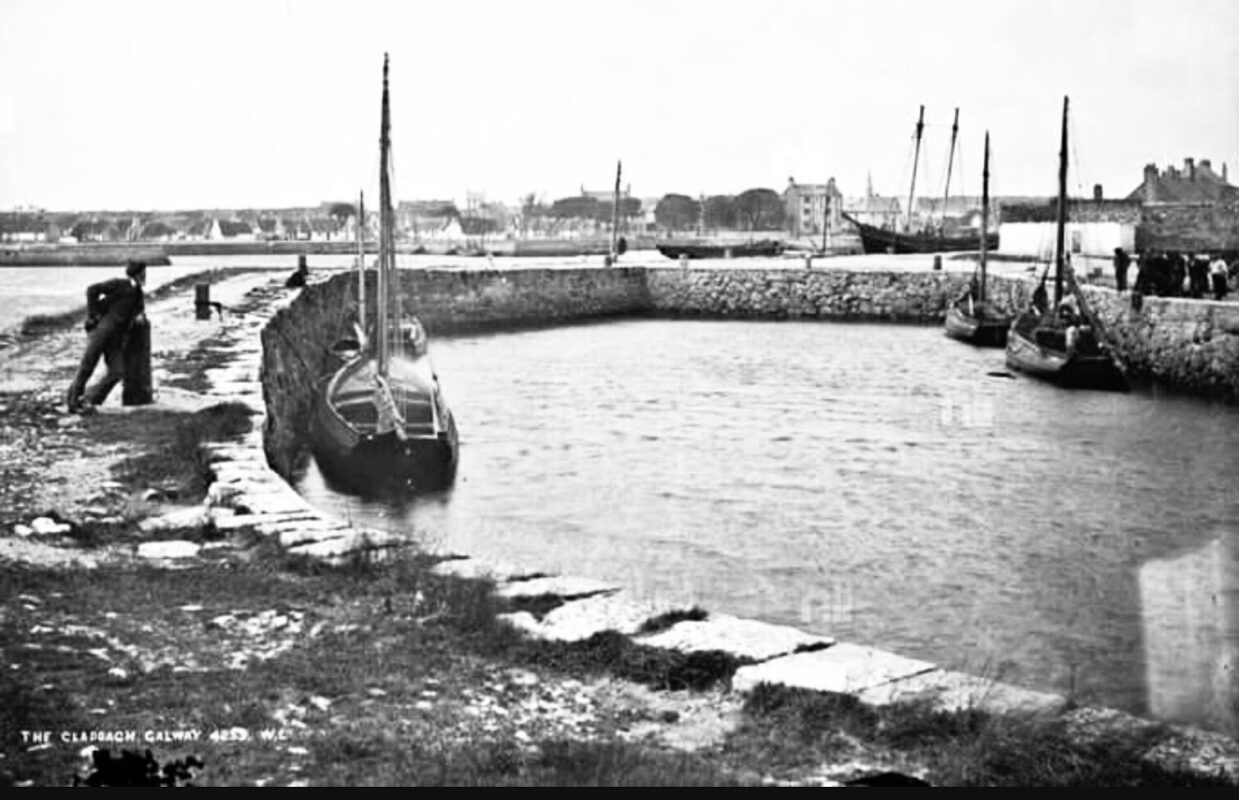
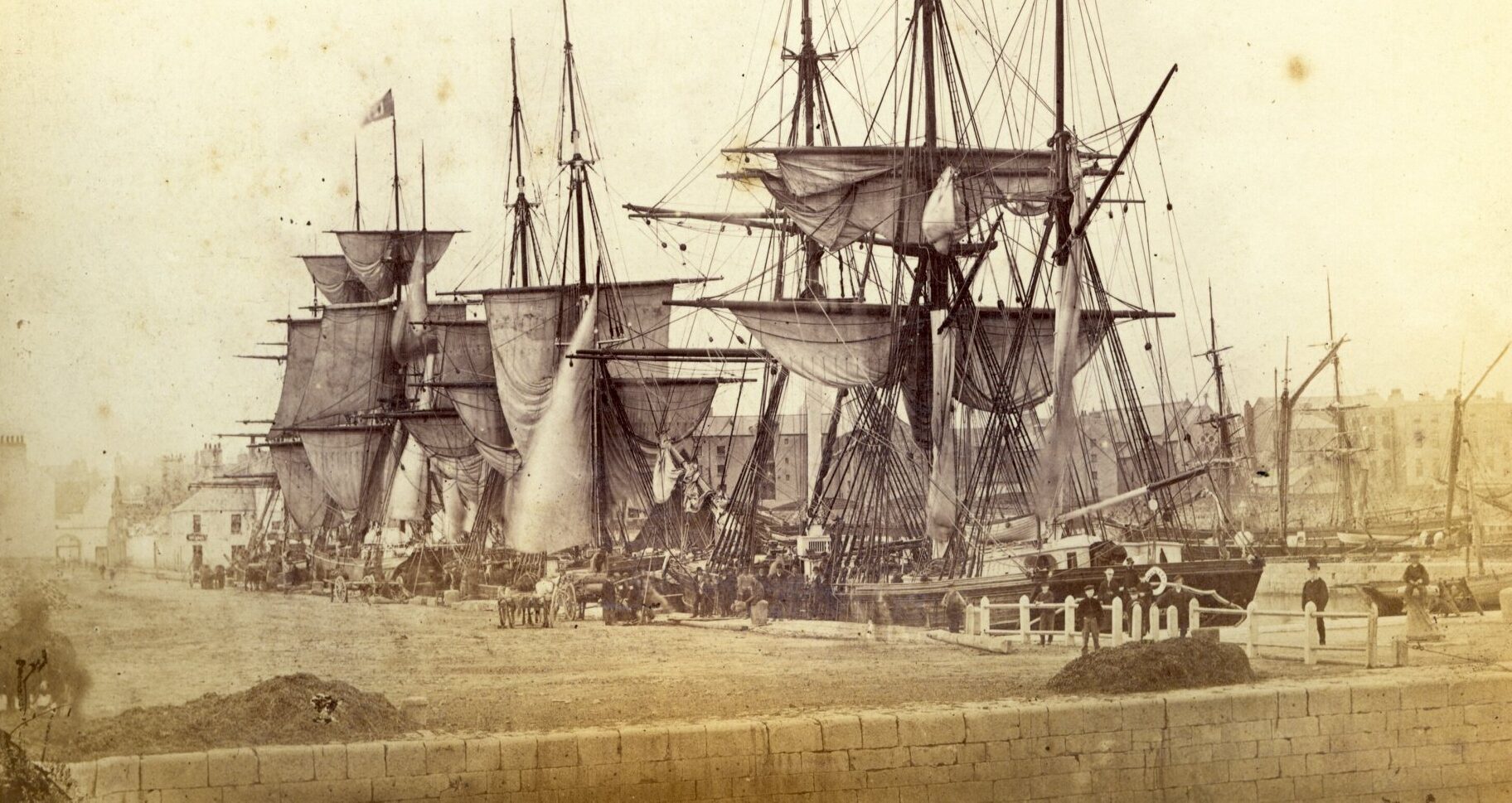
Through the years the dock became known as the “Mud Dock” due to the deposits of silt left behind by the tides. This was changed in 2009, when a tidal cill was closed and the dock was named after the Dutch artist Maggie Van Den Heuvel who began the campaign to restore the dock.
In 1999, during the construction of the neighbouring Dun Aengus apartment development, the Old Dock was used as a dump for commercial, household and industrial waste. 9000m3 of waste occupies 1/3 of the historic Dock, and has been surfaced by a thin layer of turf. There is a grassroots campaign currently under way to hopefully restore the dock to its former glory.
